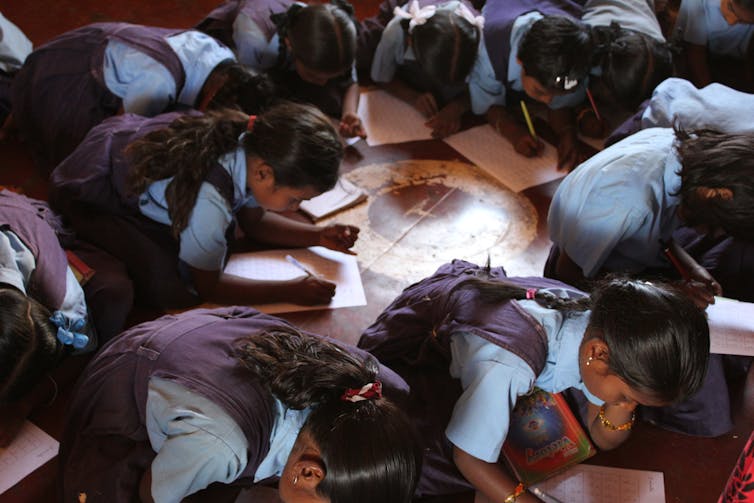Learning from mistakes, errors, and failure seems intuitive and compelling. Everyone can relate to it. But if failure is a powerful learning mechanism, why do we wait for it to happen? Why can’t we design for it, understand how and when it works? What if designing for failure while learning a new concept or skill could result in more robust learning?
Let me frame the question more concretely in the context of learning maths. When learning a new concept, should learners be first taught the concept and then solve problems, or solve problems first and then be taught the concept?
The first option is relatively straightforward and one that most of us can relate to: teach students the concept first, show them how it is applied to solve problems, and then get them to solve problems on their own. This method is commonly known as direct instruction, and is highly prevalent in schools all over the world.
The second option is not as simple. If students don’t even know the concept, what is the value of getting them to solve problems on that concept? Obviously, chances are they are not going to be able to solve the problem.
Why then design for them to fail at solving problems before they have learnt the concepts required to solve those problems? Unless of course, it is conceivable that under some conditions and for carefully designed problems, the process of generating sub-optimal or even incorrect solutions to problems can be productive in preparing students to learn better from the subsequent teaching that follows. I call this method “productive failure”.
By failure, I simply mean that students will typically not be able to generate or discover the standard or correct solution by themselves. By productive, I mean this failure can be turned into deep learning provided the teacher can build upon students’ ideas and solutions, and teach them the concept properly.
Teach first, or fail first?
So, which teaching method – direct instruction or productive failure – is better for learning a new maths concept? There are good reasons to believe in the effectiveness of both.
Direct instruction reduces our working memory load. This is important because we have a limited working memory capacity and if we strain or overload it while searching for solutions for which we don’t have the necessary conceptual knowledge, we are not going to learn anything.
Because direct instruction helps manage this capacity better by focusing students’ working memory resources on learning new information rather than searching for solutions, it should lead to better learning. From this perspective, productive failure would be an ill-advised method, because jumping right into problem solving without having learnt the required concepts is a sure-fire recipe for overloading your working memory.
Yet, there is a reason to believe in productive failure. When students generate sub-optimal or incorrect solutions, their prior knowledge is being activated. This is critical when learning something new because it allows us to integrate new knowledge with what we already know. And it should in turn lead to better learning.
Where’s the evidence?
So, how does one choose between the two methods? For the past ten years I have been testing this, both in randomised-controlled experiments as well as in noisy, messy classroom-based experiments, in India and Singapore.

In several comparisons, I have found both methods to lead to high levels of basic knowledge about the targeted concept. This is the kind of knowledge that gets tested on standardised tests. But productive failure students invariably demonstrate significantly deeper conceptual understanding and ability to transfer what was learnt to novel problems than direct instruction students.
These findings have now been independently replicated by researchers in the USA, Canada, Germany, and Australia. Interestingly, in my research, I have also found evidence that the greater the number of sub-optimal or incorrect solutions students produce, the more they seem to learn. In other words, the more times they failed to produce the correct solution, the more they learnt when their teacher taught them the concept properly.
While these findings challenge the conventional wisdom and practice of direct instruction to teach new concepts, this is not to suggest that direct instruction is a poor form of teaching. Clearly, it is able to achieve high levels of basic knowledge and skills.
But if the aim of teaching and learning is to go beyond the basics and engender deeper conceptual understanding and ability to transfer knowledge flexibly to new situations, then it seems that designing for a certain level of failure in the initial learning phase as opposed to minimising it, may well be productive for learning in the longer run.

